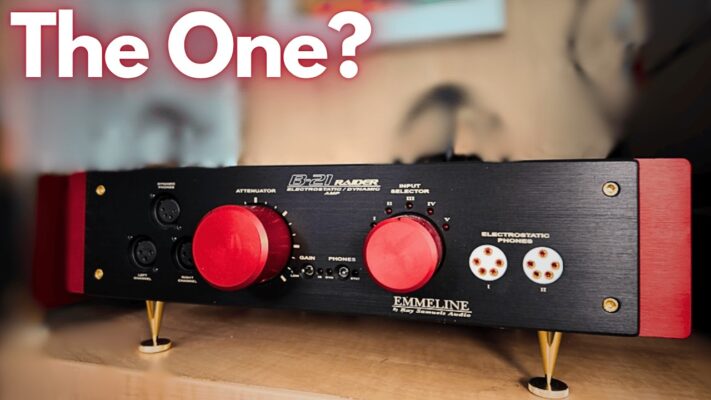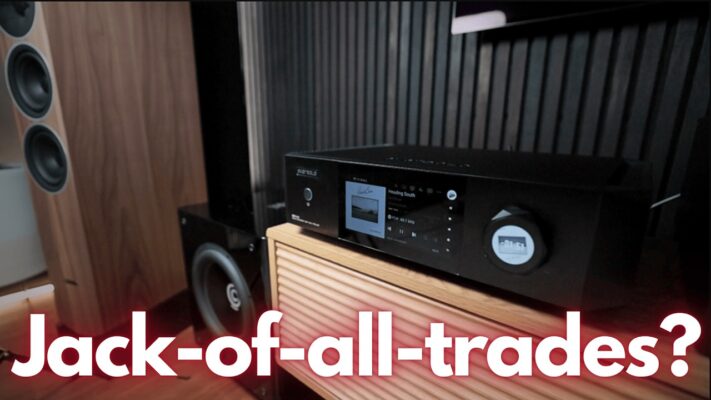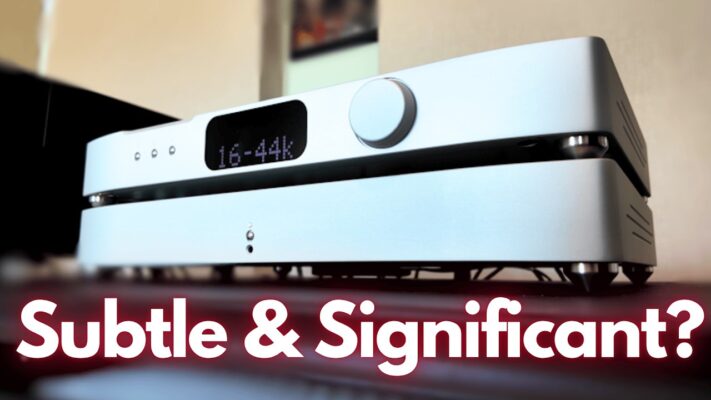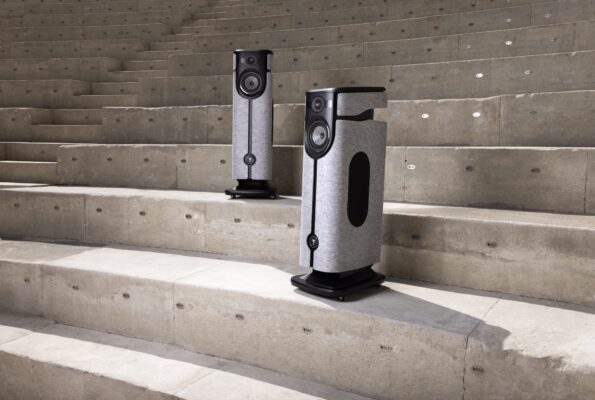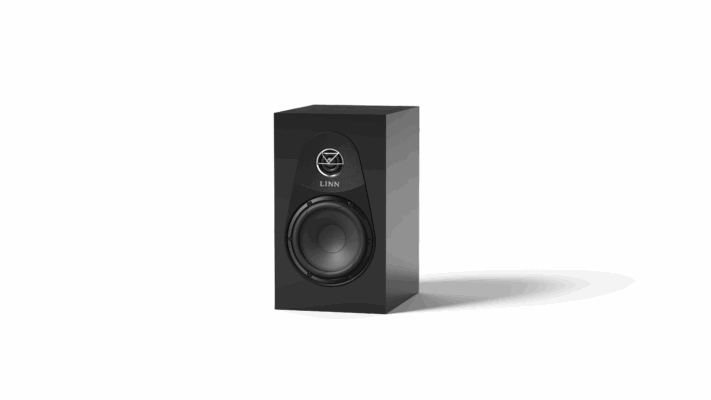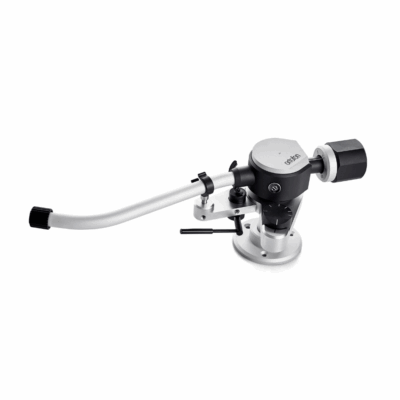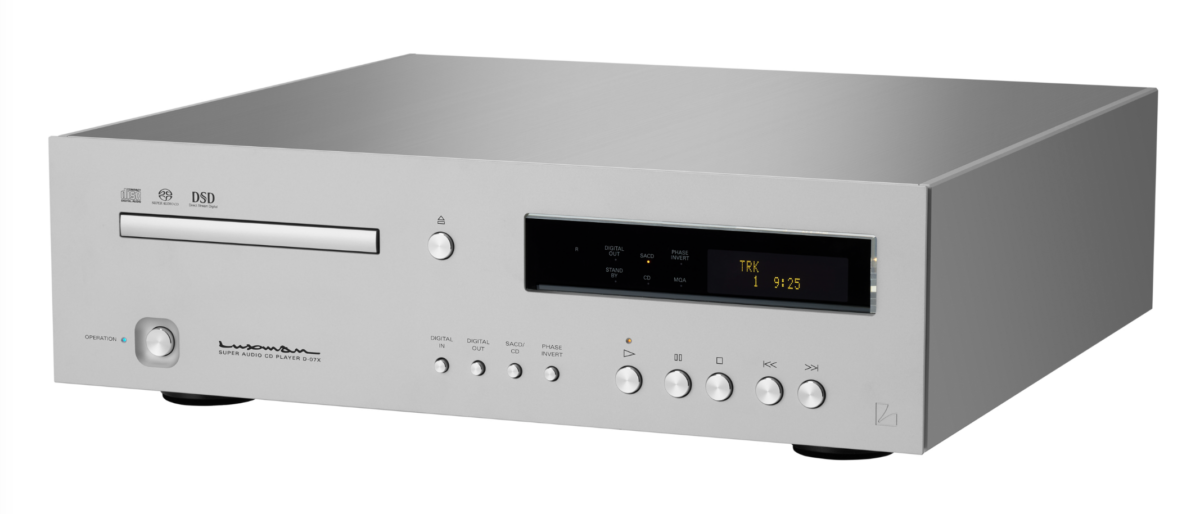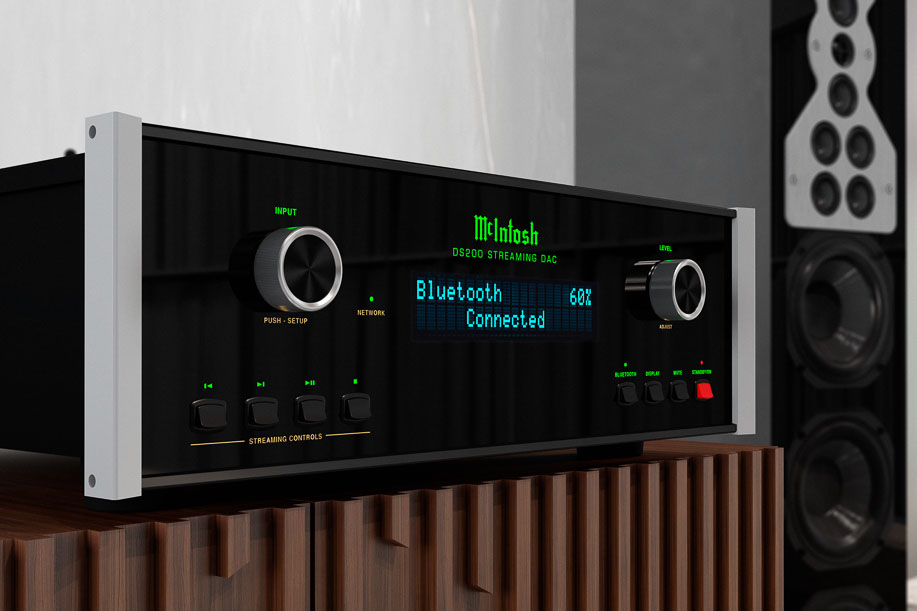
Just as you recognise a giraffe when you see one, it’s difficult to confuse the work of McIntosh Laboratory, Inc of Binghamton NY with that of any other hi-fi brand. The company established its industrial design vocabulary quite some time ago, and the absence of updates since indicates that the company does not consider it broken.
So, despite this DS200 network streamer-cum-DAC being a modern device, it arrives in the same guise that every other McIntosh product has done for the last 50 years and more. Whether the design is appealing is very much down to the taste of the individual beholder.
Spec effectiveness
What is somewhat less subjective is the effectiveness of the specification for the DS200. For instance, consider the “audiophile grade” quad-balanced, eight-channel DAC that McIntosh has fitted – it’s suitable for resolutions up to 32bit/384kHz, DSD512, and DXD384kHz, and has been chosen, according to the company, due to its “huge dynamic range’ and “low distortion”.
Getting digital audio information to that impressive DAC can be achieved through several different methods. Physical connectivity includes a pair of digital coaxial inputs (supporting up to 24bit/192kHz resolution) and a couple of digital optical equivalents (capable of handling the same). There’s a balanced AES/EBU input (24bit/192kHz once again) and a USB-B that can extend all the way to 32bit/384kHz, DSD512 and DXD384kHz. An HDMI ARC socket allows your television to become part of your system, and there’s also a proprietary McIntosh MCT connection – it enables the company’s CD/SACD transports to bypass the limitation that SACD does not prefer to be output via S/PDIF. An Ethernet socket provides robust network connectivity.
The wireless equivalents extend to Bluetooth 5.0 with aptX HD codec compatibility and dual-band Wi-Fi. A Wi-Fi or Ethernet connection to your router enables the DS200 to function with Apple AirPlay, Google Cast, Spotify Connect, Qobuz Connect and TIDAL Connect. Furthermore, the McIntosh is not only Roon Ready but also holds Roon Tested certification.
Put simply, it does the lot!
Outputs
Retrieving the audio once the DAC has completed its function can be accomplished using a pair of unbalanced RCA sockets or a pair of balanced XLRs. It’s the (admittedly predictable) presence of these analogue outputs that makes me ponder why there are no analogue inputs. Both sets of analogue outputs can be configured for fixed or variable gain, which means the DS200 is poised to operate as a pre-amplifier alongside a power amp, albeit not as a full-system preamp, and only for digital sources.
As for the usual McIntosh-isms of glowing green Gothic script, bright blue display, and black glass fascia, it is very much business as usual – and given the enduring success of McIntosh, ‘business is usual’ is precisely what people want. Even the fact that the glass faceplate collects fingerprints with a zeal more readily associated with a crime scene investigator could be viewed positively by McIntosh users, as it gives them an excuse to make their DS200 even shinier.
Control buttons cover the major functions like ‘power on/off’, ‘Bluetooth pairing’, and various playback controls—they operate with a pleasing positivity, much like the little remote control handset provided, which duplicates many of these functions. However, the turn/push controls, one on either side of the central display, managing volume level, input selection, and access to the menus, do not share that positive feel.
The third option
Then, there is the display. We live in a world where network audio streamers at virtually every price point either lack a display altogether or feature a bright, crisply rendered, and colourful display for album artwork and other elements. McIntosh, however, has decided there’s a third option. The DS200 is equipped with a dot-matrix display, which might seem ‘retro’ but once again is part of McIntosh’s ‘kerb appeal’.
With the DS200 connected via its unbalanced RCAs to a Naim Uniti Star serving as an amplifier and a pair of Bowers & Wilkins 702 S3 Signature floorstanders at the end of the chain, it’s not difficult to overlook the concerns regarding the perceived value of the aesthetics and instead focus on the exceptional quality of the sound this streamer produces. Whether streaming high-resolution content from network-attached storage, enjoying the best TIDAL Connect has to offer, or even using Bluetooth with the aptX HD codec, the McIntosh provides one of the most complete and thoroughly satisfying ways to access digital audio content that this kind of investment can procure.
Switch between a 24-bit/192 khz FLAC file of Bruckner’s Symphony No.9 recorded by the Pittsburgh Symphony Orchestra under Manfred Honeck [Reference Recordings] and a 24-bit/96 khz FLAC file of Lite Spots by Kaytranada [XL], and you’ll learn almost everything there is to learn about the way the DS200 goes about things. The sound it produces is quite strongly at odds with its unrefined appearance.
Deftly naturalistic
In every circumstance, the DS200 is deftly naturalistic and maintains an utterly convincing tonal balance, and its frequency response is similarly judicious. From the profoundly deep bass to the bright and substantial treble, the McIntosh offers an even-handed listening experience. The ability to extract a significant amount of detail from recordings is a definite advantage, as the DS200 maintains a properly balanced overall picture while keeping a vigilant eye on the most transient, minor, and tangential details in a recording. If the information is available to be revealed, it will undoubtedly be, along with the appropriate weighting and context. This fine detail retrieval only serves to enhance the overall recording; it is never the focal point.
The significant dynamic shifts so beloved of a massed symphony orchestra are described in full and conveyed with the sort of casual authority that denotes effectively limitless headroom. The more nuanced dynamics of harmonic variation that the same orchestra indulges in are handled with similar command. There’s a latent potency to the McIntosh that is even more effective because it’s no shouter—only large swings in intensity or outright attack prompt the DS200 to engage the afterburners. Yet, at the same time, it doesn’t lack subtlety—there’s a nimbleness and lightness of touch that stands in contrast to the machine’s brooding presence.
Having said that, there’s no denying the considerable low-frequency presence of DS200, nor its ability to deliver an implacable force when a recording demands it. It addresses bass information with precise positivity and pays just as much attention to decay, ensuring that rhythmic expression remains coherent and confident. Above, there’s an eloquence to the midrange reproduction, along with an abundance of detail revealing a singer’s character and technique. At the top end, the McIntosh achieves an endlessly pleasing balance between brilliance and substance at the onset of treble sounds, expertly controlling their decay.
Our main weapon is spaciousness
All of this takes place on a soundstage that is spacious and reasonably deep, almost fanatically defined, and provides ample elbow room for every member of this orchestra I keep referencing to perform their part unhindered by the instrumentalist next to them. This organisation and separation do not come at the expense of unity, however – the DS200 possesses the happy knack of offering a genuine sense of togetherness, of singularity, to recordings. The sense of performance is always strong.
McIntosh products have a distinct set of design criteria that sets them apart from the audio zeitgeist. And the DS200 meets those criteria perfectly. But more importantly, if the sound of your digital audio content is of utmost importance, this is a network player that truly demands to be heard.
Specs & Pricing
Type: network streamer/preamplifier/DAC
Analogue inputs: none
Digital inputs: Ethernet; 2 x digital coaxial; 2 x digital optical; AES/EBU; MCT; USB-B; HDMI ARC; dual-band wi-fi; Bluetooth
DAC resolution and supported digital formats: 32bit/384kHz PCM; DSD512 (inc dff/dsf/dst); DXD384kHz. APE; FLAC; MP3; Ogg; WAV
Music services and wi-fi inputs: Apple AirPlay; Google Cast; Roon; Spotify Connect; TIDAL Connect, Qobuz Connect
Analogue outputs: Balanced XLR; unbalanced RCA
Digital outputs: none
Frequency response: Hz – 60kHz
Distortion (THD + noise): 0.005%
User interface: ascia controls; remote control handset
Dimensions (H×W×D): 52 x 445 x 432mm
Weight: 9.3kg
Price: 5,890, €5,990, $4,000
Manufacturer McIntosh Labs
www.mcintoshlabs.com










